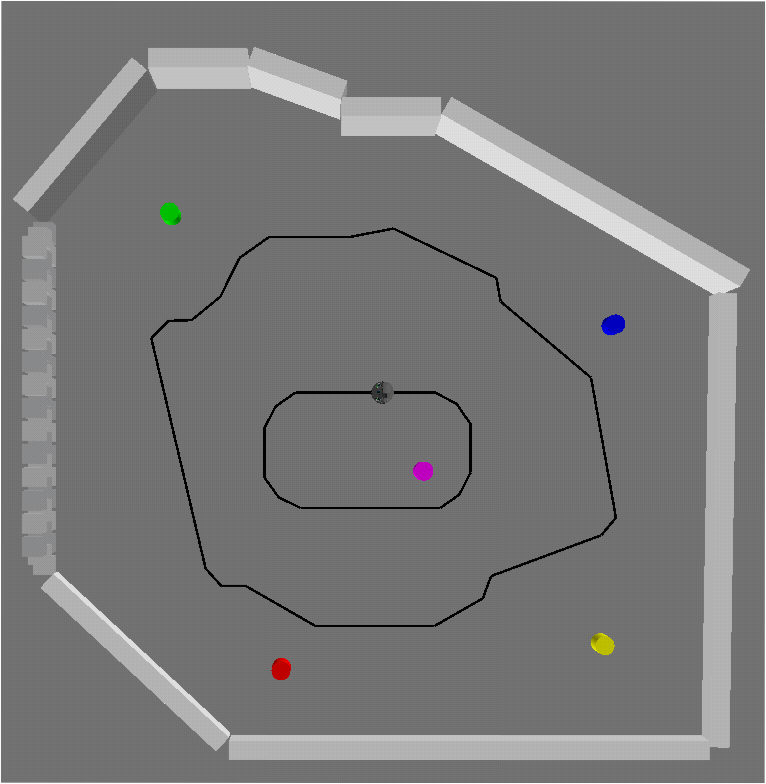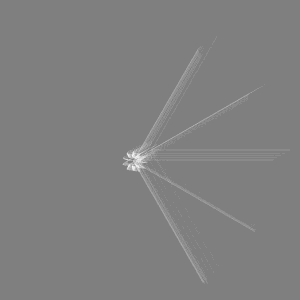The System Analysis and Modeling group of Prof. Dr. Holger Giese at the Hasso-Plattner-Institute provides events on topics like embedded systems, where the Robotino robot is used as an application example for the development of complex embedded real-time systems. Lectures, seminars and projects are provided where students are able to gain practical experience concerning the development of such systems. As an example, in the context of a seminar the goal was to develop an architecture allowing to create a map of the physical environment of the robot, based on distance sensor observations. Such an architecture need to provide functionality for accessing the hardware, for controlling the drive-speed of the robot and for measuring the distance to obstacles via optical sensors, to name just a few. In addition, functionality for converting and merging different sensor values for being able to create a single map is required. Problems like in the case of calculating a sufficiently precise position of the robot need to be solved for being able to create a usable map of the physical environment.

Fig. 1: AUTOSAR architecture realizing the behavior for creating a map based on observations using optical sensors.
Fig. 1 shows the architecture consisting of multiple SWCs for the creation of an environment map, designed and realized by students during a seminar. The overall control functionality, which is realized by the shown architecture, allows the robot to create an environment map while driving through an unknown area. As an example Fig. 2 shows such a topology like it is represented in a simulation tool for the robot. Fig. 3 shows the map that has been created incrementally by the robot while driving through the topology.


